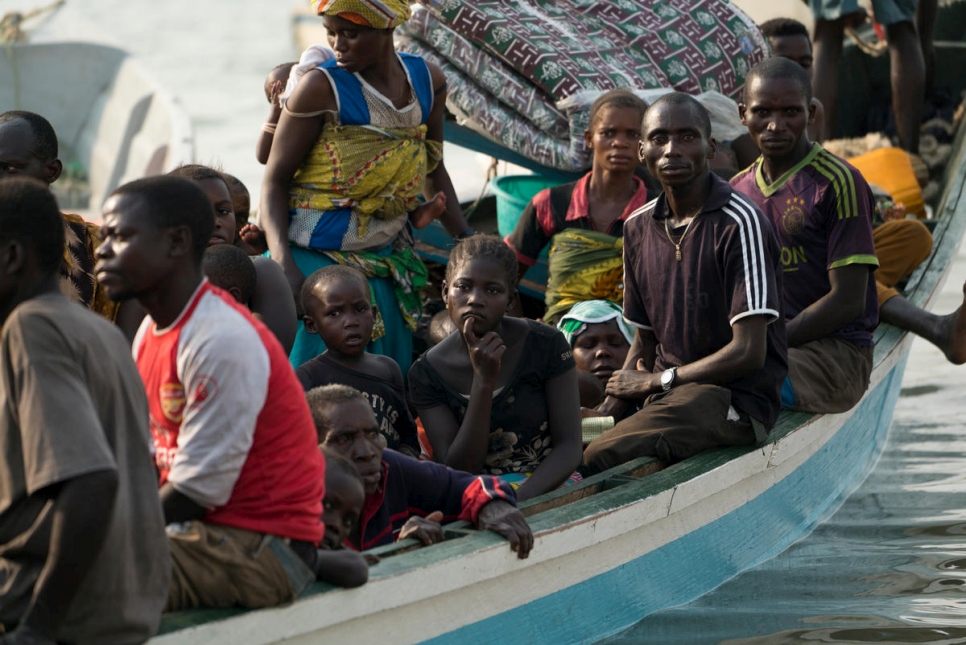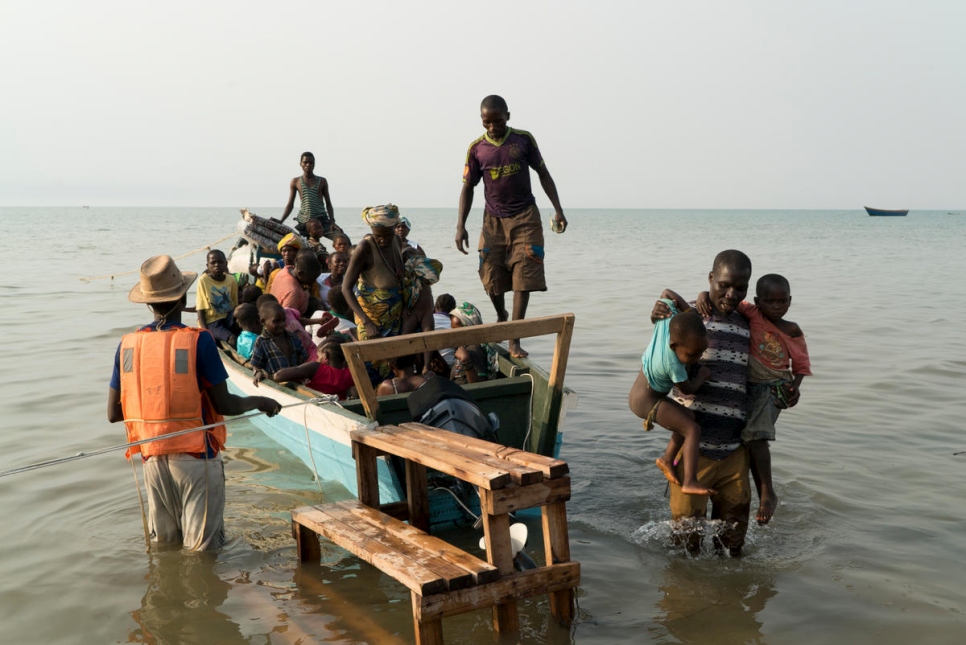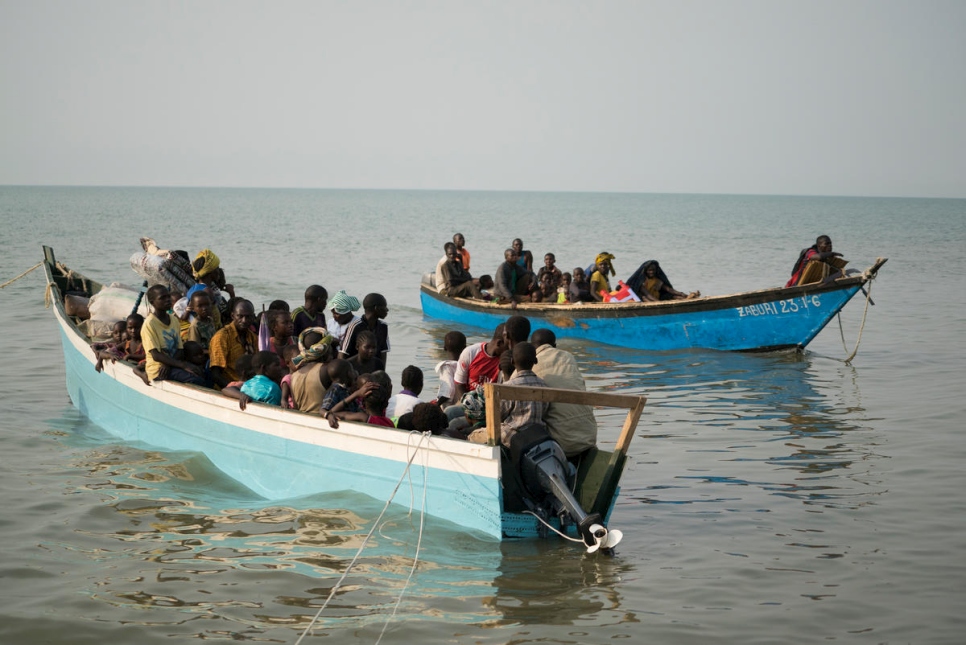The UN Refugee Agency has reported that the number of refugees arriving in Uganda to escape conflict in DRC could soon exceed the estimated arrival figures projected for the whole year.
At the end of last year, UNHCR projected a total of 60,000 new Congolese refugee arrivals in Uganda throughout 2018, but over 66% of these (41,452 refugees) have already been registered in just two months.
Since January 1 this year, Uganda has received over 40,000 refugees from DRC, half of these having fled inter ethnic fighting in the Ituri region and entered Uganda across Lake Albert using boats and canoes.
The remaining have have been fleeing the conflict in North Kivu province and crossing through the districts of Kanungu and Kisoro in Southwestern Uganda.
While UNHCR reports that the average daily influx rate for Congolese refugees escaping clashes in Ituri has reduced from 3,400 during the first half of last week to 1,400 currently, refugees have given accounts of armed people setting up blockades on the Congo side.
“According to refugees, there are still thousands of people waiting to cross and seek safety in Uganda. But armed people have created buffers between Ituri’s Djungu territory and Lake Albert shores preventing refugees from fleeing to Uganda,” Rocco Nuri, the UNHCR Interagency Coordination Officer told journalists at a news conference at the UNHCR headquarters in Kampala on Tuesday.
Nuri said that refugees report ethnic and inter-communal violence characterized by burning down of hundreds of houses in Ituri among several other attacks on civilians.
“What refugees are telling us is that there are armed people attacking them but they can’t tell who it is,” he said.
UNHCR say the large influx of refugees from DRC has strained their response capacity. The agency is therefore calling for assistance from donors and other well wishers to enable it provide the much needed humanitarian services to the refugees.

“We had projected 60,000 new arrivals from Congo for the whole year but 40,000 are already received. We are over stretched in terms of capacity and resources. Funding will be key to help refugees meet their needs,” Nuci said.
He said that health partners are much needed especially in Kyangwali refugee settlement in Hoima district where there was a recent outbreak of acute waterly diarrhoea.
So far, 49 cases have been reported with 4 related deaths in Kyangwali but according to Nuci, UNHCR has reinforced its presence with public health consultants and no deaths have been reported since Monday.
Meanwhile, some few hundreds of refugees from Congo have been using the West Nile border with Uganda to cross through districts of Nebbi and Zombo.
UNHCR say these have since been transported from the entry points to Rhino Camp refugee settlement in Arua district.
Uganda is currently home to 1.4 million refugees from South Sudan, DRC, Burundi, Somalia, Rwanda and other countries. Of these, 242,420 are Congolese, making up the biggest number after South Sudanese (1.03 million).
More than 5 million people have been forcibly displaced by conflict in the DRC. About 4.49 million are internally displaced and more than 680,000 have fled to nearby countries such as Uganda and Burundi.











